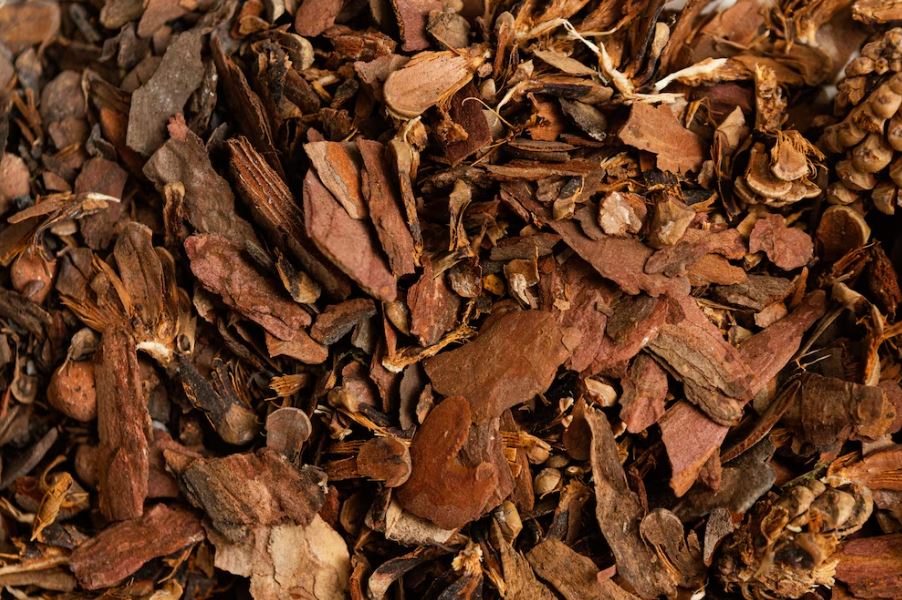In the ever-evolving quest for sustainability, finding innovative methods to repurpose waste products is crucial. One such waste that has caught the attention of researchers and environmental enthusiasts alike is tobacco. Traditionally known for its use in cigarettes and other tobacco products, tobacco waste poses environmental challenges due to its non-biodegradable nature and harmful chemical content. However, a promising solution lies in ‘Reuse Tobacco’ – a groundbreaking approach that aims to revolutionize sustainability by discovering new and inventive ways to repurpose tobacco waste. Embracing ‘Reuse Tobacco’ could also have positive implications for tax on tobacco, as it encourages eco-friendly alternatives to mitigate environmental impact.
The Tobacco Industry and Its Environmental Impact
The tobacco industry has long been criticized for its significant environmental impact. From deforestation and water depletion caused by tobacco cultivation to the vast amount of non-biodegradable cigarette butts littering streets and oceans, the consequences are far-reaching. Finding sustainable solutions to address these issues is essential to reduce the negative impact on our planet.
The Concept of “Reuse Tobacco”
“Reuse Tobacco” is a concept that involves repurposing tobacco waste to create various environmentally friendly products. By thinking beyond the traditional uses of tobacco, researchers and entrepreneurs have been exploring ways to extract value from this waste material.
Tobacco Waste for Biofuel Production
One innovative way to reuse tobacco waste is by converting it into biofuel. The process involves extracting oils and chemicals from the leftover tobacco, which can then be transformed into renewable energy sources. Biofuels offer a cleaner alternative to fossil fuels and can significantly reduce greenhouse gas emissions.
Tobacco in Agriculture
Tobacco waste can be beneficial in agriculture as well. When properly treated and processed, it can be used as organic fertilizer. The nutrients in tobacco waste can enhance soil quality and promote healthier crop growth, reducing the reliance on synthetic fertilizers and their harmful environmental consequences.
Tobacco Waste as Building Materials
Surprisingly, researchers have also explored the potential of tobacco waste as a construction material. By incorporating tobacco-derived particles into concrete or other building materials, it is possible to reduce the environmental impact of traditional construction processes and improve insulation properties.
Tobacco Waste for Paper Production
Another avenue for “Reuse Tobacco” is in paper production. Tobacco waste contains cellulose, a crucial component in papermaking. By recycling tobacco waste into paper products, we can reduce deforestation and conserve precious natural resources.
Tobacco Waste for Biodegradable Plastic
With the global plastic pollution crisis, finding alternatives to traditional plastics is crucial. Researchers have been investigating the possibility of using tobacco waste in the production of biodegradable plastics, providing a more sustainable solution to this pressing environmental problem.
Challenges and Future Prospects
While the concept of “Reuse Tobacco” offers promising possibilities for revolutionizing sustainability, there are challenges to overcome. These include the need for efficient and cost-effective processing methods, raising awareness about the benefits of tobacco waste reuse, and overcoming the stigma associated with tobacco products.
However, the potential benefits are substantial. By embracing “Reuse Tobacco” and transforming waste into valuable resources, we can take significant strides toward a more sustainable and environmentally responsible future.
Conclusion
Revolutionizing sustainability through “Reuse Tobacco” is an exciting prospect that holds the potential to transform the tobacco industry’s environmental impact. By finding new ways to repurpose tobacco waste, we can create a positive impact on our planet, from reducing greenhouse gas emissions and conserving natural resources to mitigating plastic pollution. Embracing innovation and sustainable practices can lead us towards a greener and healthier world for generations to come.






I like this web blog very much, Its a rattling nice post
to read and get information.Blog monetyze
I don’t think the title of your article matches the content lol. Just kidding, mainly because I had some doubts after reading the article.